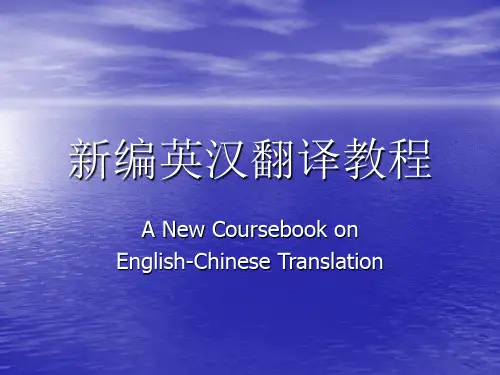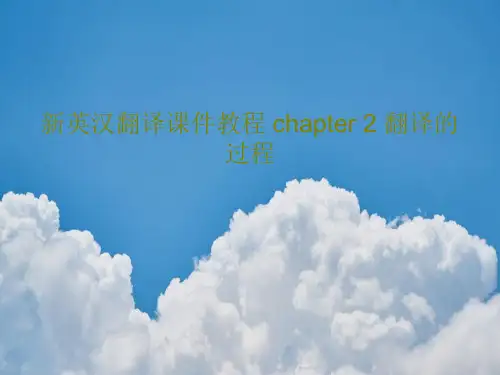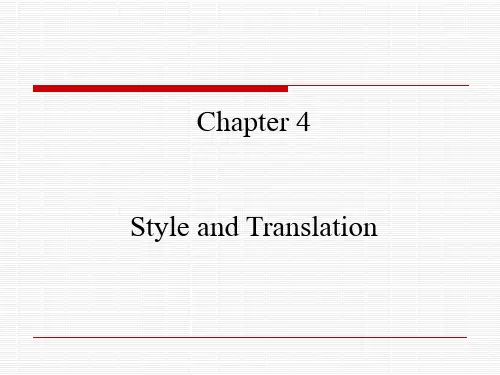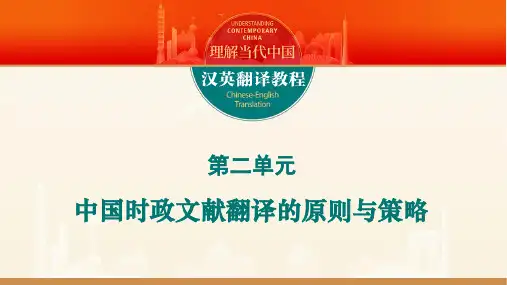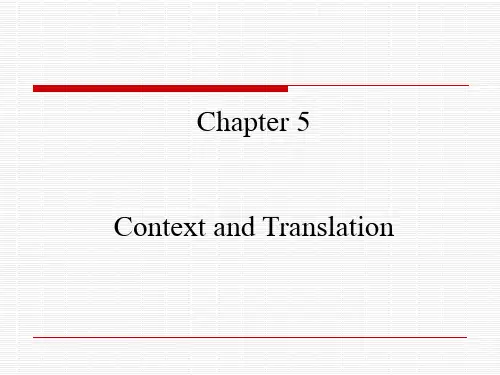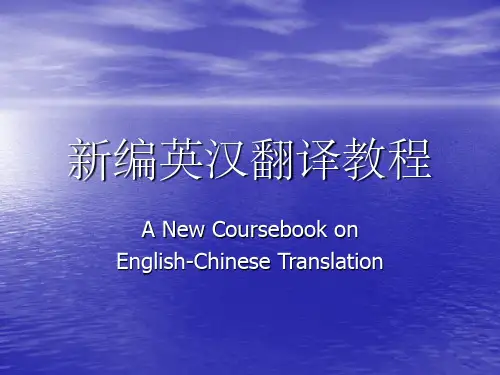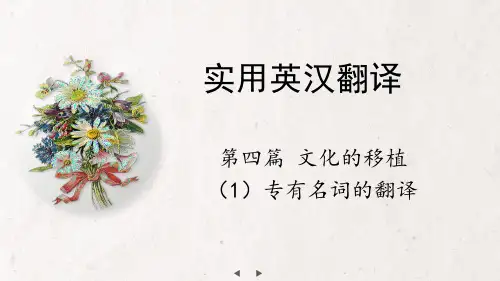毛主席《为女民兵题照》 毛主席《为女民兵题照》
Most Chinese daughters have a desire strong; To face powder and not to powder the face.
高天滚滚寒流急; 高天滚滚寒流急; 大地微微暖气吹。 大地微微暖气吹。
毛主席《冬云》 毛主席《冬云》
严复
《天演论》 天演论》 公派到英国留学, 公派到英国留学,先入 普茨毛斯大学, 普茨毛斯大学,后转到 格林威治海军学院 译文简练,首倡“ 译文简练,首倡“信、 达、雅”的译文标准 1912年严复受袁世凯命 年严复受袁世凯命 担任北大校长之职
In translation, there are three difficulties to overcome, namely, faithfulness, expressiveness and elegance. It is already very difficult to achieve faithfulness. Without expressiveness, mere faithfulness would mean work to no avail.
那么这个想法怎么会由一个不起眼的念 头变成了文字,然后又变成了电影呢? 头变成了文字,然后又变成了电影呢? 答案是名人精疲力尽了。 答案是名人精疲力尽了。这位点石成金 的好莱坞宠儿由《西雅图夜未眠》 的好莱坞宠儿由《西雅图夜未眠》到 《玩具故事》和《阿波罗13号》,获得 玩具故事》 阿波罗 号 了一连串的票房成功,并因《 了一连串的票房成功,并因《费城的故 和随后的《阿甘正传》 事》和随后的《阿甘正传》连续两年问 鼎奥斯卡奖。 鼎奥斯卡奖。
Among average respectable woman envy plays an extraordinary large part. If you are sitting in the underground and a welldressed woman happens to walk along the car, watch the eyes of the other women. You will see that every one of them, with the possible exception of those who are even better dressed, will watch the woman with malevolent glances, and will be struggling to draw inferences as derogatory to her.
